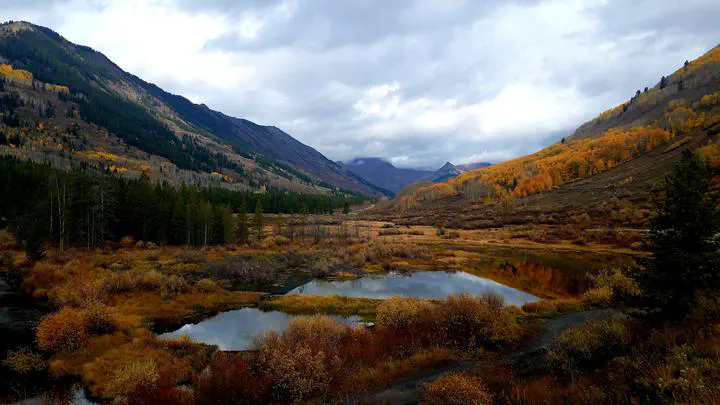Biogeochemical cycling in high-elevation floodplains
 Floodplain along the Slate River outside of Crested Butte, Colorado.
Floodplain along the Slate River outside of Crested Butte, Colorado.
Floodplains are complex, heterogeneous systems that retain, transmit and transform nutrients and contaminants as they move between land and surface water. Moreover, an array of biogeochemical and hydrologic processes interact within these heterogeneous environments, from preferential flow along root channels to microbially mediated reactions. In the face of this complexity, identifying the dominant processes that control floodplain solute exports — and hence surface water quality — is difficult.
We are using both measurements and modeling to understand the dominant processes that govern nutrient and contaminant cycling within floodplains. Our work focuses on select field sites across the western U.S. in which we have installed sensor arrays and collected manual samples. We then pair these measurements with reactive transport models to identify and understand the drivers behind our observations.